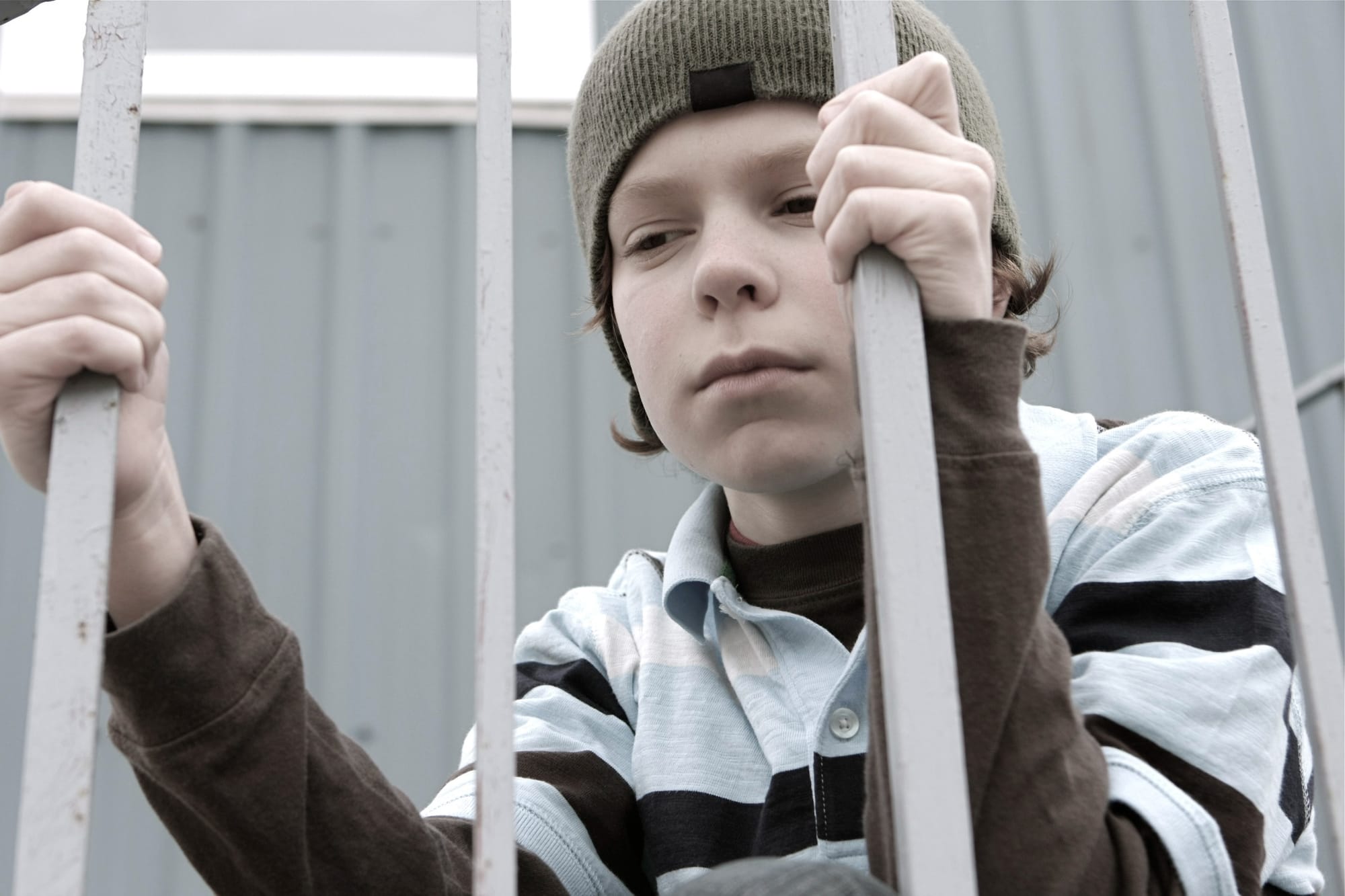
In 2023, the Victorian government announced its intention to lift the minimum age of criminal responsibility to 12 years of age by the end of 2025, and to 14 years by the end of 2027.
Moving towards recommended international standards, and following a sustained national campaign to #raisetheage of criminal responsibility, several other Australian states and territories, including the ACT, Tasmania and the Northern Territory, have also committed to raising the minimum age of criminal responsibility.
With Greens in government, the ACT is raising the age of criminal responsibility to 14 by mid-2025.
Now it's our turn.
Victoria needs to #RaiseTheAge to 14 without exceptions, now. Kids belong in community and in school, not in prison. pic.twitter.com/qA5TEKuo5v— Samantha Ratnam (@SamanthaRatnam) November 2, 2023
But questions remain as to what alternative responses should be implemented in these jurisdictions to ensure improved outcomes for young people and the community.
Findings of a new study led by researchers at Monash University’s Criminal Justice Research Consortium can substantially inform the development of these alternative responses by shining a light on the needs and circumstances of younger children charged with offending.
Funded by the Australian Institute of Criminology, and conducted in partnership with Dr Nina Papalia at the Centre for Forensic Behavioural Science, at Swinburne University of Technology, the study presents the most robust available data to date regarding 10 to 13-year-old children with offending behaviour.
The research drew on national criminal justice statistics, Victoria Police and Victorian Children’s Court statewide data, an analysis of child criminal capacity (doli incapax) assessment reports, and consultations with professionals who work with young children charged with offending.
The research uncovered high rates of early adversity and trauma among this group of children.
Study lead Dr Susan Baidawi stated that:
“The research found that one half of all 10 to 13-year-old children with police contact for alleged offending had a prior intervention order, usually indicating they were victim-survivors of family violence, and three-quarters of all 10 to 13-year-old children who underwent criminal capacity (doli incapax) assessments at the statewide Children’s Court Clinic had involvement with the state’s child protection service.”
The study also highlighted considerable educational exclusion of 10 to 13-year-olds with alleged offending, alongside their substantial mental health and disability-related needs.
The report found that:
- 60% of 10 to 13-year-old children undergoing criminal capacity (doli incapax) assessments had a diagnosed psychiatric disorder
- 11% had a diagnosed intellectual disability or acquired brain injury
- 29% had multiple psychiatric and disability-related diagnoses.
However, despite this considerable need, there was little evidence that these children were receiving appropriate clinical or therapeutic services at the time of their offending.
Professionals’ recommendations for approaches to better-support children with early offending recommended:
- better mental health and disability assessment and support
- facilitating educational engagement
- supporting families and parents
- developing children’s network of prosocial and culturally-supportive activities and relationships.
The findings suggest children with early offending behaviours could be better-supported through justice reinvestment towards trauma-informed approaches that centre child wellbeing.
Professionals suggested that an ideal alternative service model would be a diversionary multidisciplinary case management service (independent of the youth justice system), able to provide intensive outreach and family support.
Some professionals outlined a possibility of having court-mandated therapeutic treatment orders as an option for responding to more serious or violent behaviours, with treatment delivered through a community-based service with forensic expertise.
The study concluded that current responses to early offending result in substantial missed opportunities to better-support children, and have continued to expose them to criminal justice responses with little therapeutic benefit.
The study’s authors said this amounted to child justice responses not currently being used as a last resort, as recommended by international human rights bodies.
On the other hand, commitments by the Victorian and other governments to raise the minimum age of criminal responsibility present a once-in-a-generation opportunity to fill identified service gaps, and draw on the available evidence to deliver improved outcomes for children and broader community safety.





